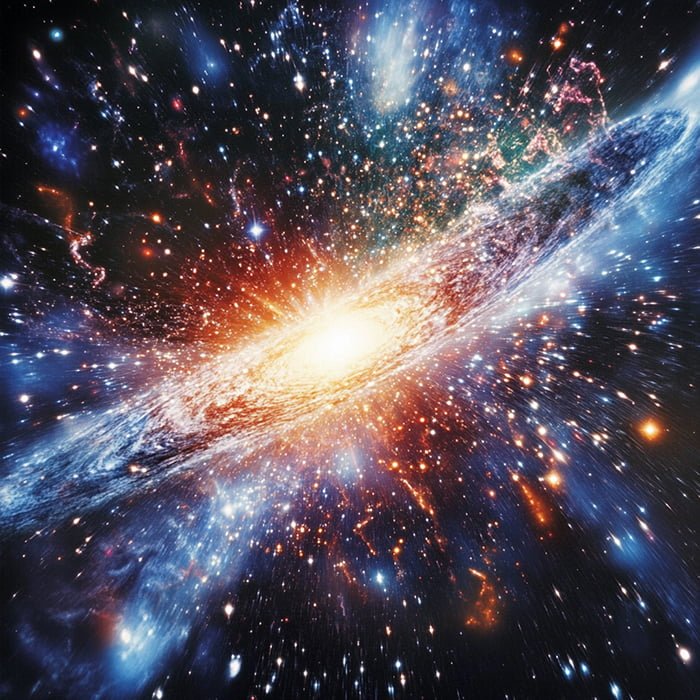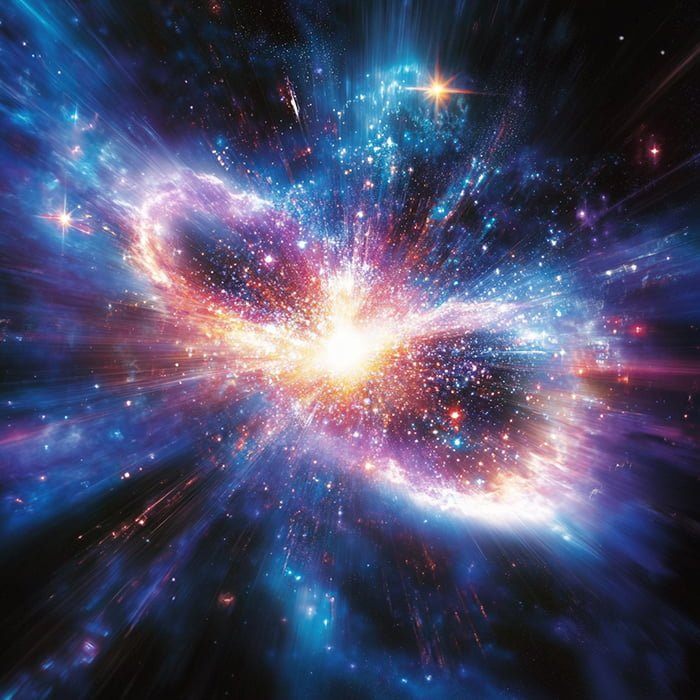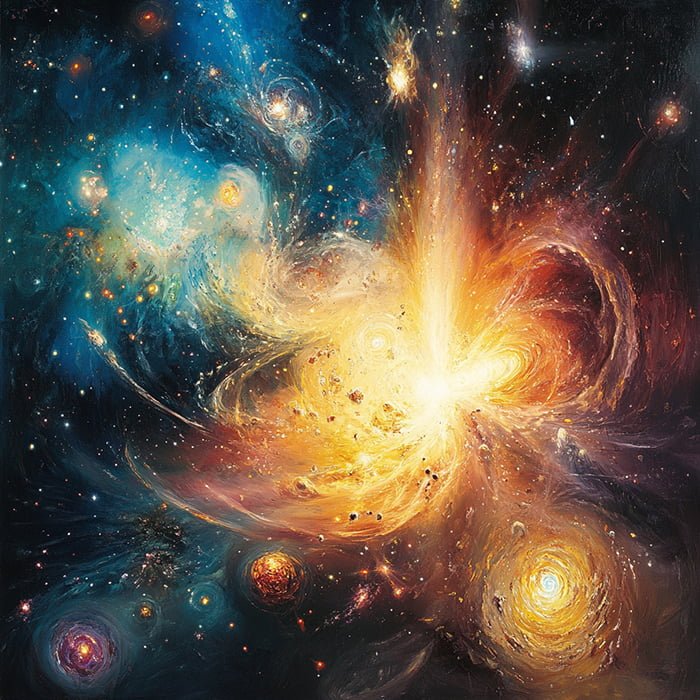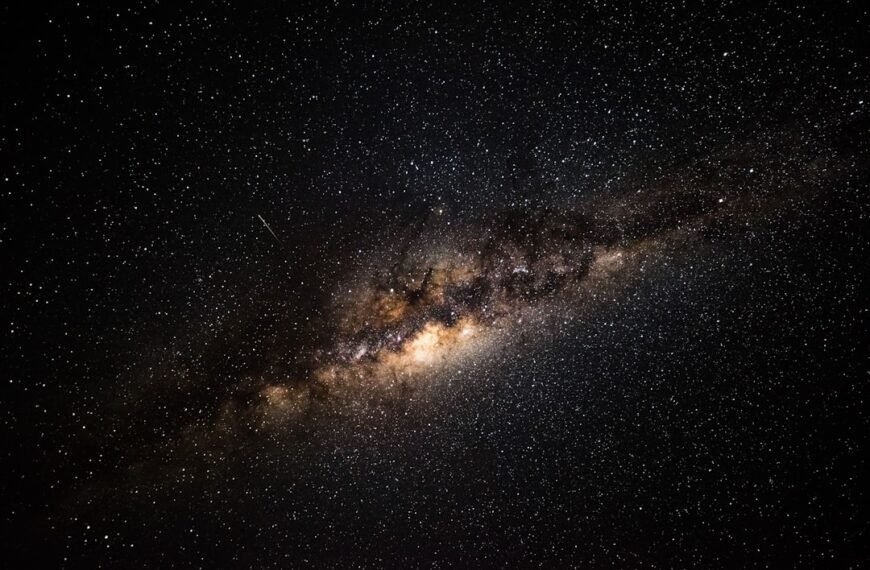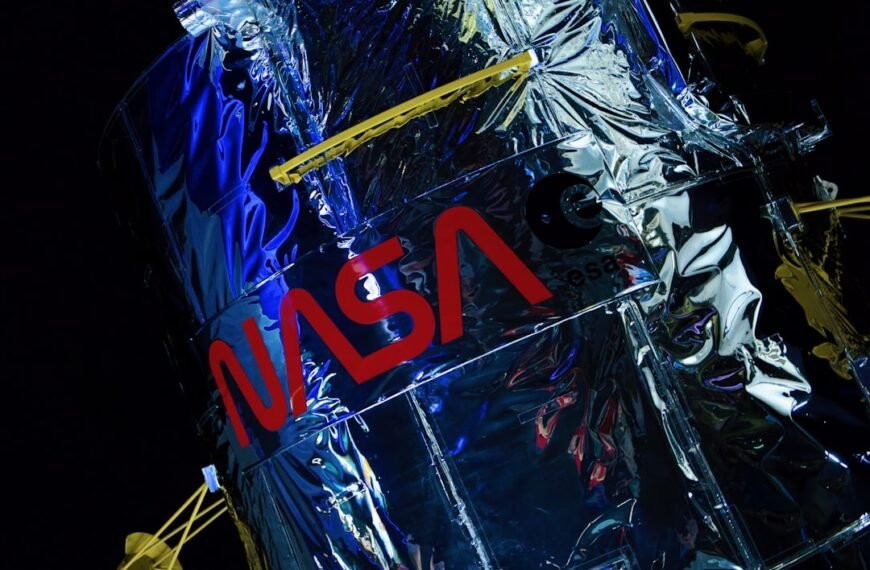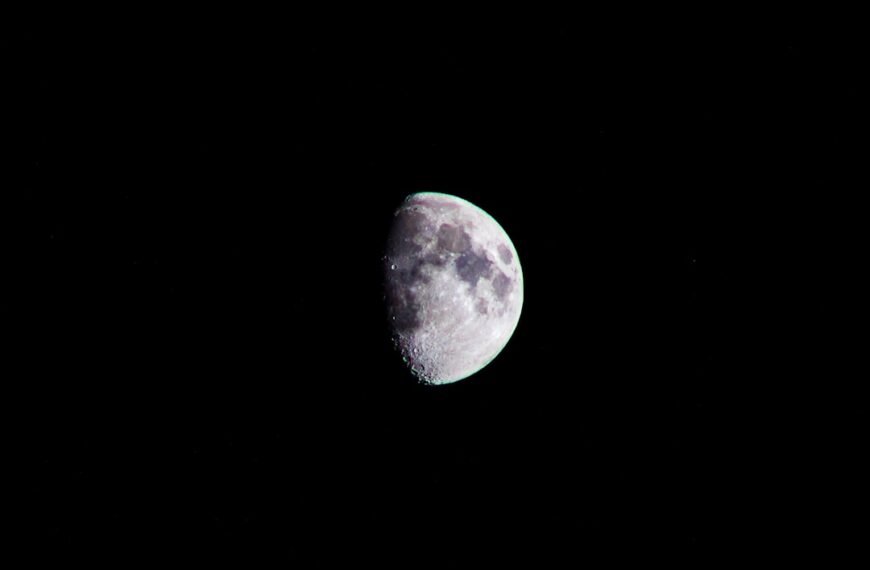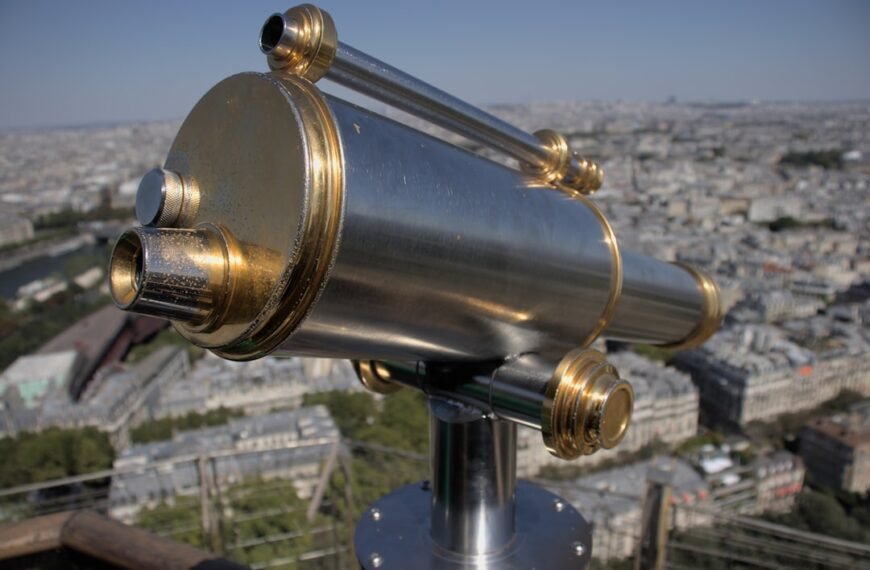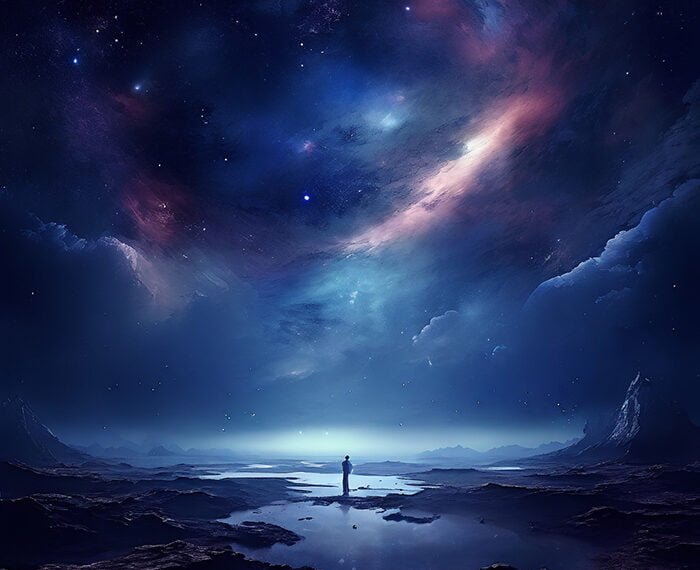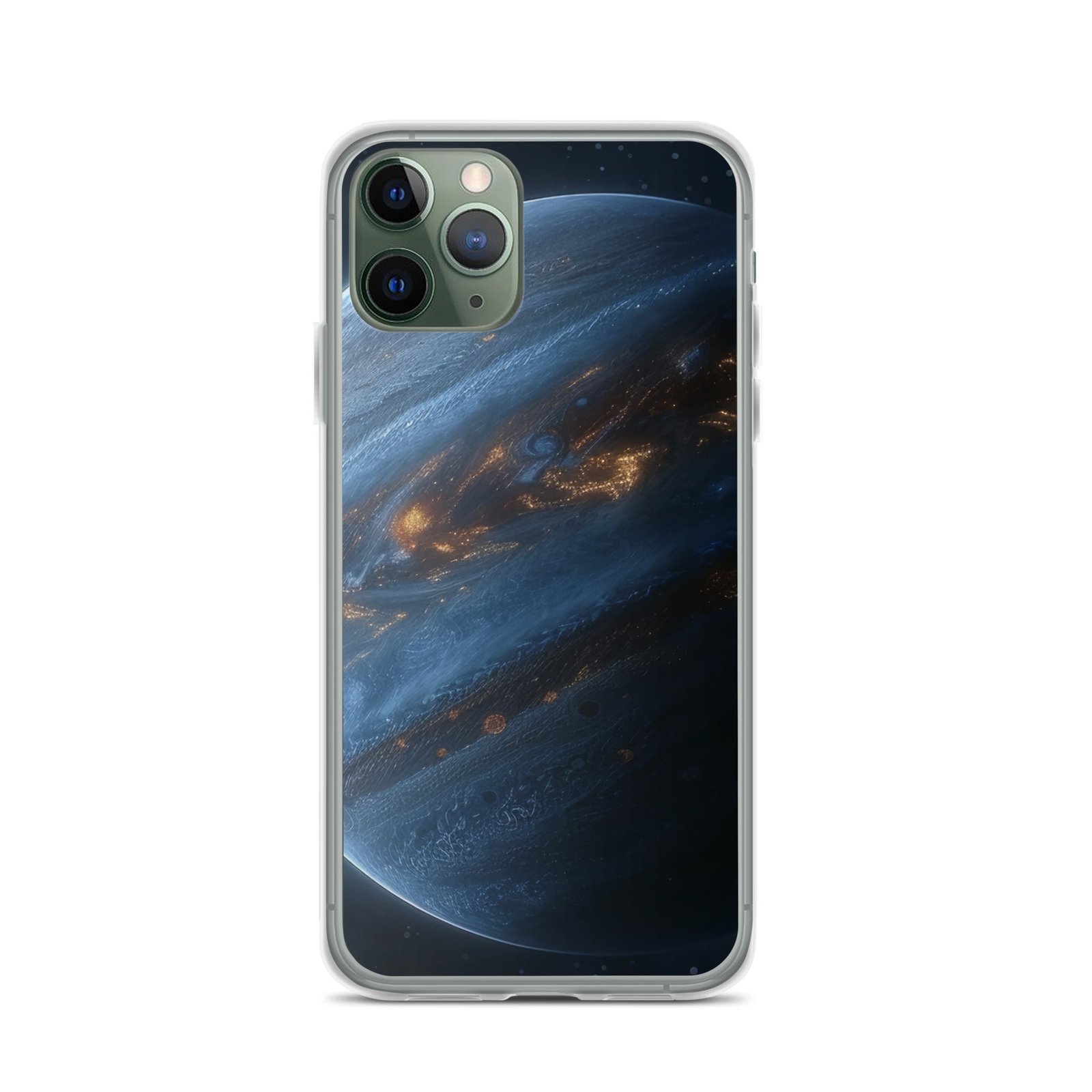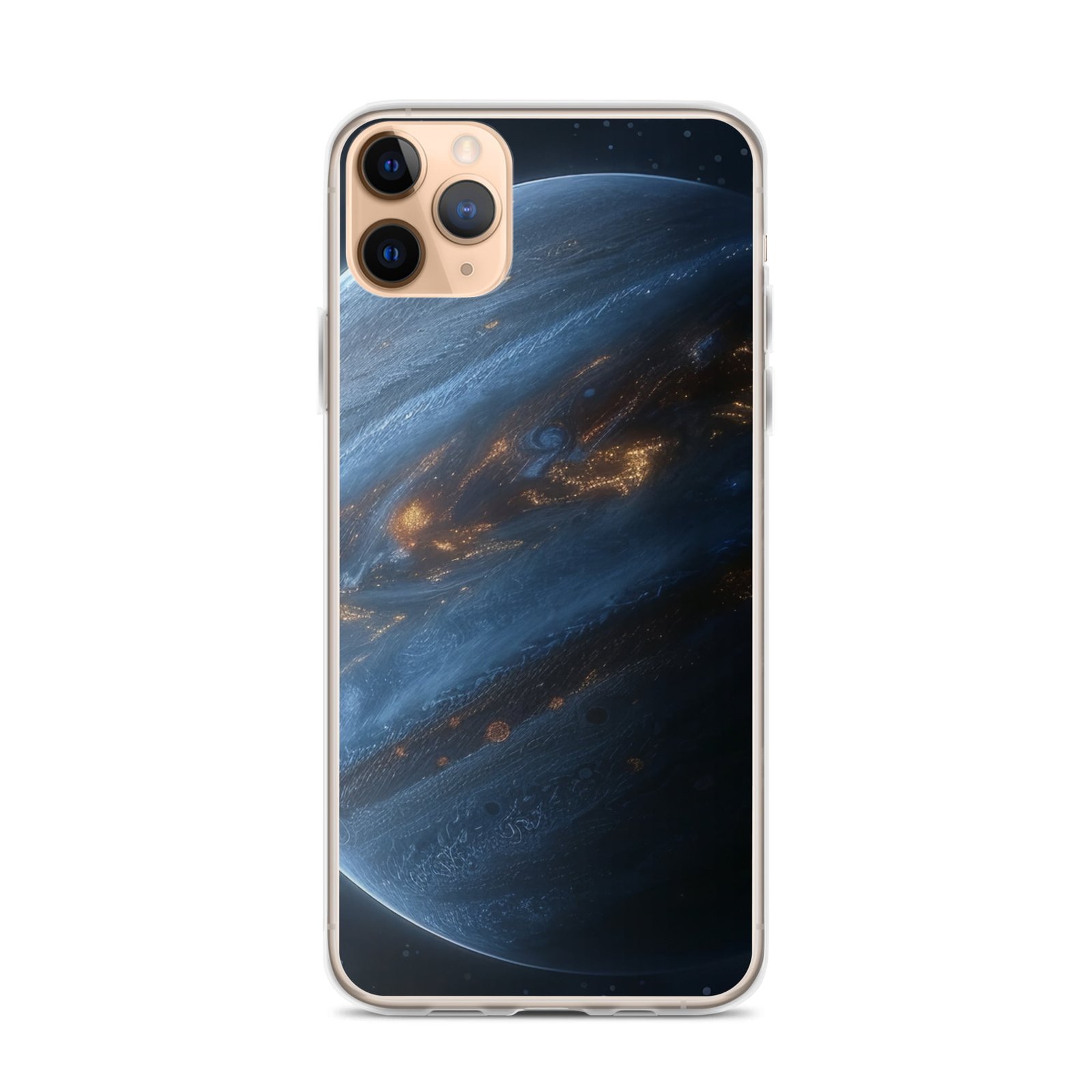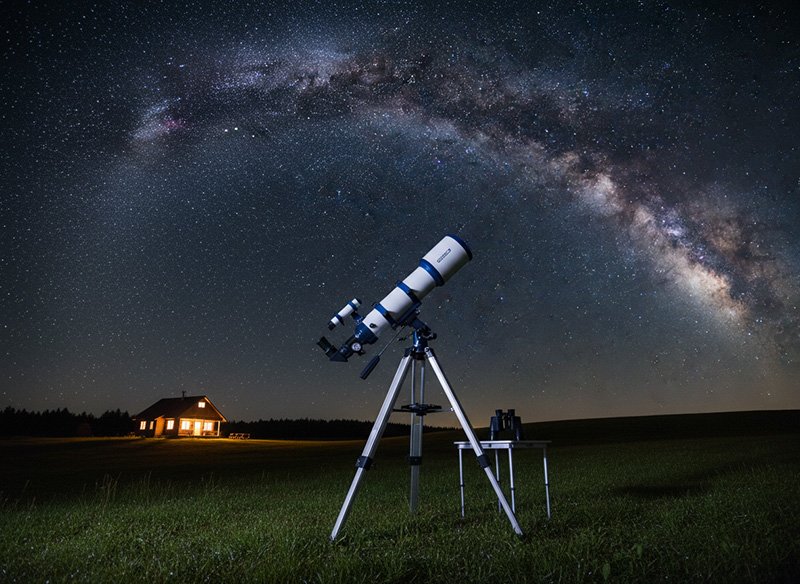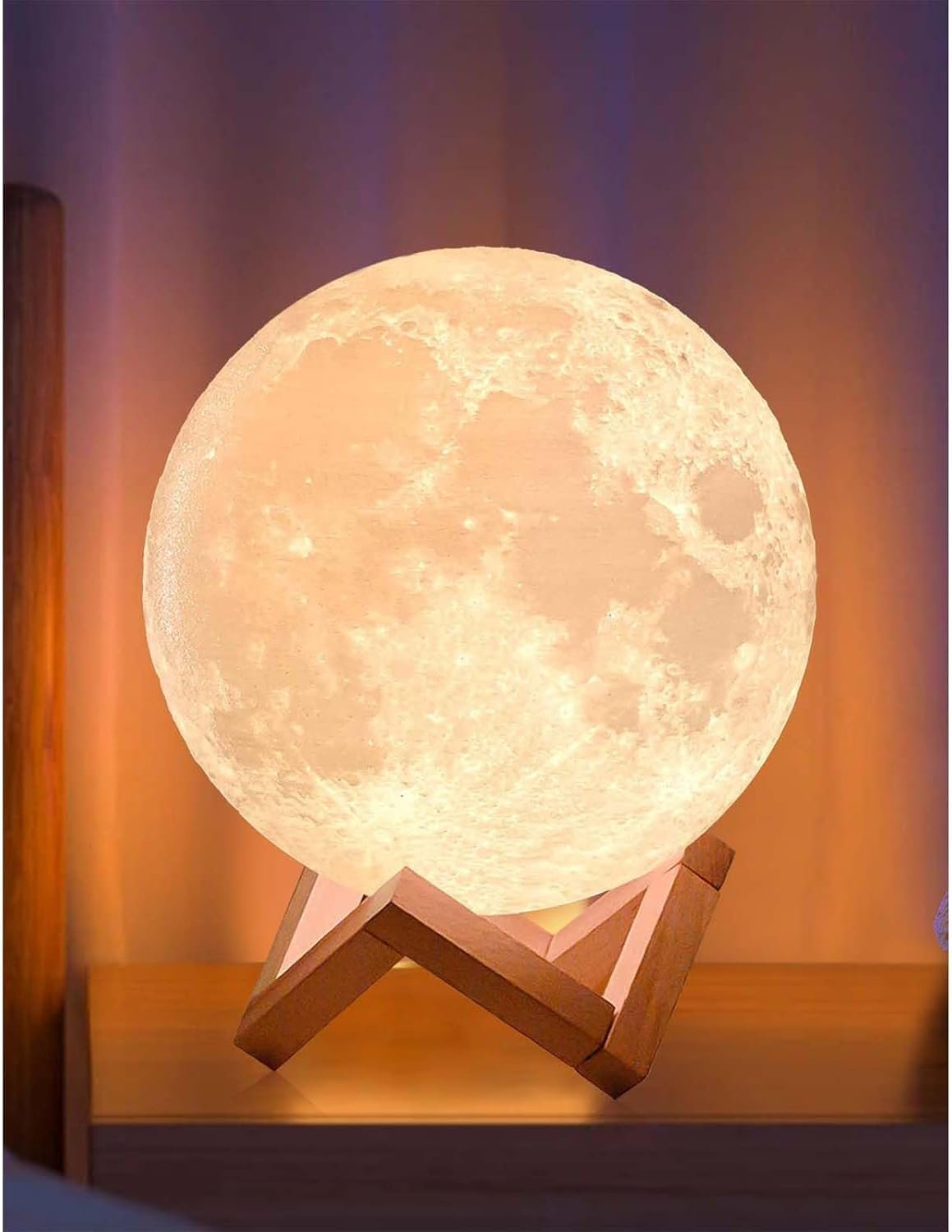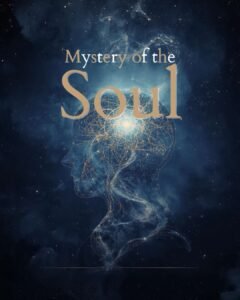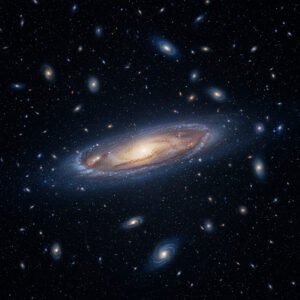The Big Bang theory explains the universe’s origin 13.8 billion years ago, supported by cosmic microwave background and expansion evidence.
The Big Bang theory is the leading scientific explanation for the origin and evolution of the universe. It proposes that the universe began as an infinitely hot, dense point roughly 13.8 billion years ago and has been expanding ever since. While the term “theory” is often used colloquially to mean a guess or hypothesis, in science, a theory refers to an explanation that is strongly supported by evidence. So, is the Big Bang a fact, or is it “just a theory”? Let’s explore the evidence.
Evidence Supporting the Big Bang Theory

Cosmic Microwave Background Radiation
One of the most compelling pieces of evidence for the Big Bang theory is the cosmic microwave background (CMB) radiation. Discovered in 1964 by Arno Penzias and Robert Wilson, the CMB is a faint glow of microwave radiation that fills the entire sky. This radiation is a remnant of the early universe, which was filled with hot, glowing plasma. As the universe expanded and cooled, this plasma emitted the CMB we observe today. The CMB’s properties, such as its uniformity and specific wavelength, match the predictions of the Big Bang model.
Expansion of the Universe
Another key piece of evidence is the observation that the universe is expanding. In the 1920s, Edwin Hubble discovered that distant galaxies are moving away from us and that the farther away they are, the faster they are receding This observation, known as Hubble’s law, is exactly what we would expect in a universe that began in a hot, dense state and has been expanding ever since, as predicted by the Big Bang theory.
Abundance of Light Elements
The Big Bang theory also predicts the relative abundances of light elements like hydrogen, helium, and lithium that formed in the early universe. Observations of these elements in the oldest stars and gas clouds match the theory’s predictions very closely. This agreement between prediction and observation is strong evidence in favor of the Big Bang model.
Theoretical Considerations and Debates
While the Big Bang theory is widely accepted by the scientific community, there are still some open questions and areas of active research. For example, the theory doesn’t explain what caused the Big Bang or what happened before it. Some physicists have proposed models involving a “multiverse” or eternal inflation to address these questions, but these ideas remain speculative.
There have also been alternative theories proposed over the years, such as the steady-state model, which suggested that the universe has always existed in a steady state without a beginning. However, the evidence for the Big Bang, particularly the discovery of the CMB, has led most scientists to reject these alternatives.
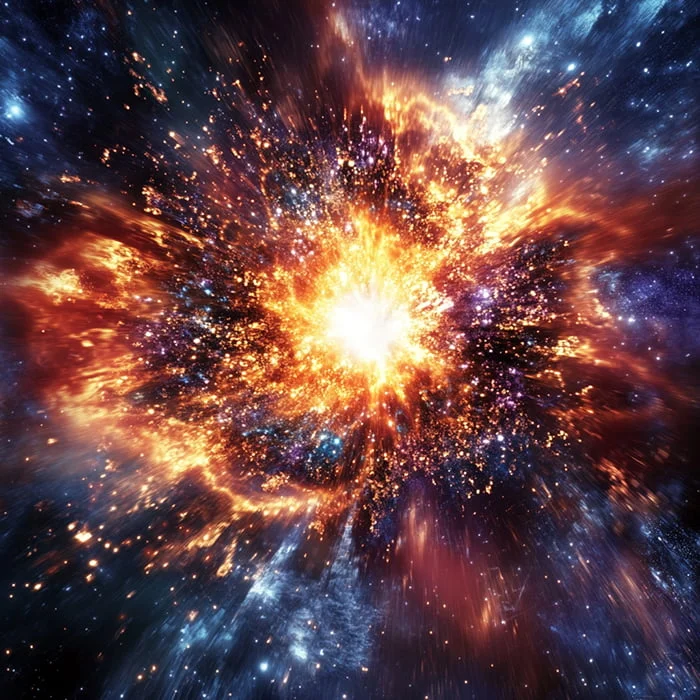
Conclusion
In summary, while the Big Bang is often called a theory, it is supported by a vast body of observational and theoretical evidence. The cosmic microwave background radiation, the expansion of the universe, and the abundance of light elements all point towards a universe that began in a hot, dense state and has been expanding for billions of years. While there are still open questions and areas of active research, the Big Bang theory remains the most robust and widely accepted model of the origin and evolution of the universe.
So, is the Big Bang a fact? In the absolute sense, no scientific theory can ever be proven with 100% certainty. However, the Big Bang is supported by such a strong body of evidence that it is the closest thing to a fact that we have in cosmology. As new observations are made and new theoretical insights are developed, our understanding of the Big Bang will continue to be refined and deepened. But the core idea—that our universe began in a hot, dense state and has been expanding ever since—is likely here to stay.


